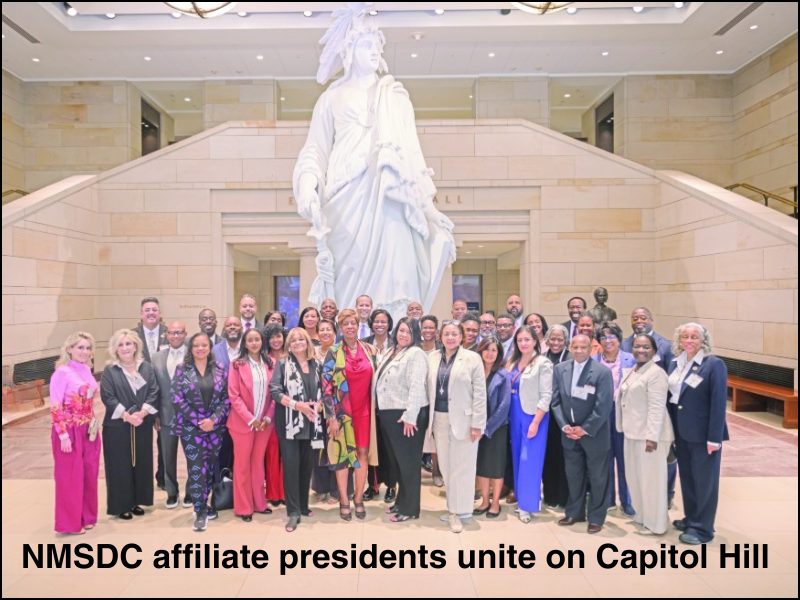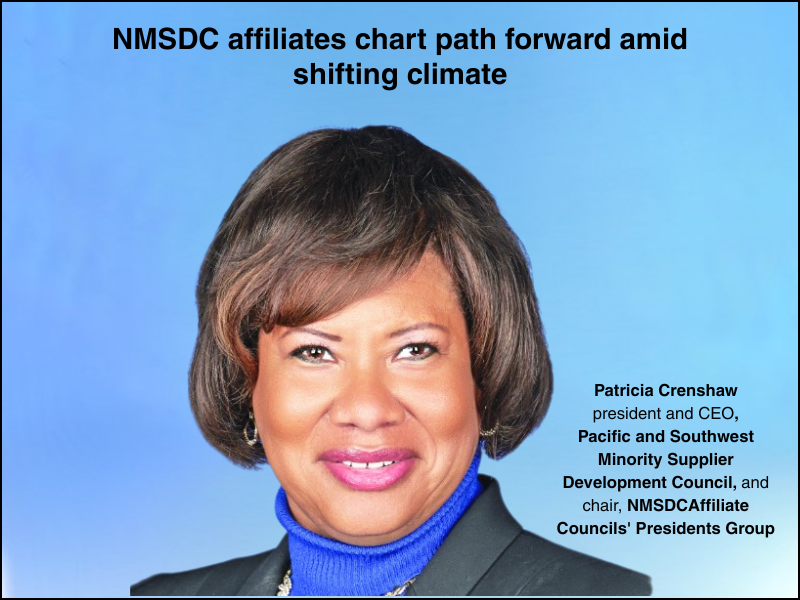By James H. Lowry, senior advisor, The Boston Consulting Group Inc.
The year 2020 will forever be seared into our collective memory. The United States, like many countries around the world, was submerged in a pandemic that continues to cause many deaths, significant economic damage and political upheavals. As we settled into the abnormality of wearing masks, social distancing and following lockdown restrictions, it became painfully obvious that no one was hit harder in this pandemic than minority and low-income communities.
Black Americans represent about 13% of the population, but the 2.6 million Black-owned small and medium-sized businesses represent only 1% of sales in the U.S. On average, Black-owned employer companies make about $800,000 to $1 million in annual revenue, compared to white-owned businesses making an average of $5 million to $6 million, according to a 2017 U.S. Census Bureau’s Annual Business Survey. That leaves a roughly $50 billion to $100 billion opportunity gap in parity if you normalize for numbers of employees and business sizes. COVID-19 exacerbated this disparity when 40% of Black-owned small and medium-sized businesses closed their doors this year in 2020 versus only 17% of white-owned businesses forced to do the same.
In the U.S., private
sector leaders have positively responded by designing large and innovative
relief programs, making major cash donations to nonprofits and communities and
renewing their commitment to minority business enterprise development with
allocations of over $40 billion in funding. Many questions if their recommitment
is sincere, and will it be ongoing for the next three to five years? I believe
it will be, provided we plan, invest and work together as a cohesive minority
business community.
The next question I ask —
assuming the private sector is willing to provide the resources — is are we
ready to absorb and demonstrate our ability to up the game and address the
problems I’ve highlighted for the past 40 years?
They are as follows:
1. The vast majority of
our businesses are too small to utilize capital infusion.
2. The companies with
employees are unwilling or ambivalent toward merging to enhance, compete and
grow.
3. Too often, the majority
of our companies are in limited growth industries.
4. Community, private and
public sector leaders have been unable to develop a national plan to leverage
resources to achieve maximum impact.
On Jan. 20, a new U.S. president and vice president was sworn in, and established a new administration. In the first week, President Joe Biden signed multiple executive orders and nominated officials that gave hope to me and millions of others that our dire economic, social and community problems would be heard and addressed. Once again, I ask, “Are we ready to absorb billions of dollars of new program funding?”
For the minority business community and the nation, I have to remain hopeful that we:
1. Create billion-dollar
businesses across the nation.
2. Work with billionaires
of goodwill who are willing to invest in Black and brown founders.
3. Uplift advocate
organizations so that they’re able to utilize large budgets to not only
advocate for minority businesses, but also increase their ability to serve.
4. Solidify relationships
with Silicon Valley tech companies that show good faith and create minority
“unicorns.”
5. At all levels, work
with minority entrepreneurs to change their mindsets and become true leaders in
the industry of their choice.
Black and brown
communities are at a critical juncture in our history. I am hopeful we are
ready to embrace these private sector opportunities and allow our communities
to flourish, so that we as a people do not fall by the wayside — leaving
us once again to play catch up in the race to the top.
https://media-publications.bcg.com/flash/dotbcg_other/BCG_Purpose_2500.mp4


.jpg)
.jpg)



